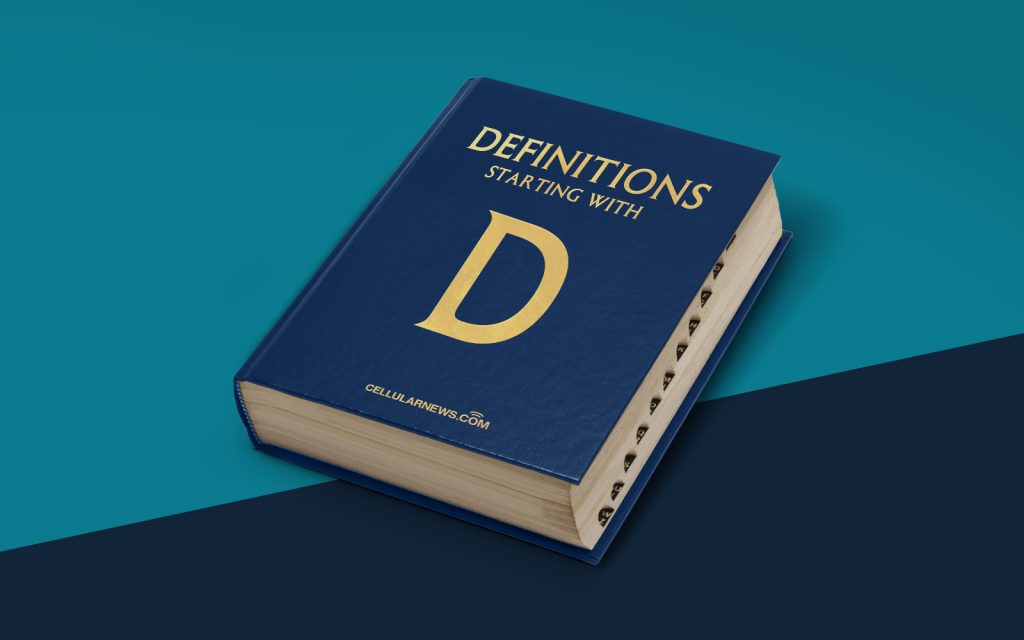
Understanding Digital Audio: A Defining Moment
Welcome to our “Definitions” category, where we dive deep into the world of technology and uncover the meanings behind various terms. In this article, we will unravel the fascinating realm of digital audio and explore its importance in our modern-day lives. So, grab your headphones and let’s embark on this sonic journey together!
Key Takeaways:
- Digital audio refers to the representation of sound in numerical form, allowing for more efficient storage and manipulation.
- It has revolutionized the way we consume and create music, unlocking a world of possibilities for artists and enthusiasts alike.
What is Digital Audio?
Digital audio can be thought of as the “language” of the digital music world. It is the representation of sound, whether it be music, voice, or any other audio content, using numerical data. In simple terms, it takes the analog waveforms of sound and converts them into a series of binary numbers that can be stored, transmitted, and manipulated by computers or digital audio devices.
Now that we’ve defined digital audio, let’s explore two key takeaways that will help solidify our understanding:
- Efficient Storage: Digital audio allows for more efficient storage of audio content compared to traditional analog formats such as vinyl records or audio cassette tapes. By converting sound into numerical data, we can compress and store large amounts of audio files on our devices or in the cloud.
- Flexible Manipulation: With digital audio, the possibilities for manipulating and editing audio are virtually limitless. From adjusting the volume and equalization to applying sophisticated effects and editing techniques, digital audio provides artists and producers with a versatile toolkit to create their desired sonic experience.
The advent of digital audio has completely transformed the way we interact with and consume music. From the widespread use of streaming platforms to the availability of high-quality audio equipment, digital audio has democratized the music industry, allowing artists from all walks of life to create and share their work with a global audience.
Moreover, digital audio has not only enhanced our listening experiences but also revolutionized the way we create and record music. Through the use of digital audio workstations (DAWs) and virtual instruments, musicians can compose intricate compositions and experiment with various sounds on their computers.
In conclusion, digital audio has become the backbone of modern music production and consumption. By harnessing the power of numerical representation, digital audio has opened up endless opportunities for creativity and innovation in the sonic realm. So, the next time you put on your favorite song or enjoy a podcast, take a moment to appreciate the wonders of digital audio and its profound impact on our lives.
